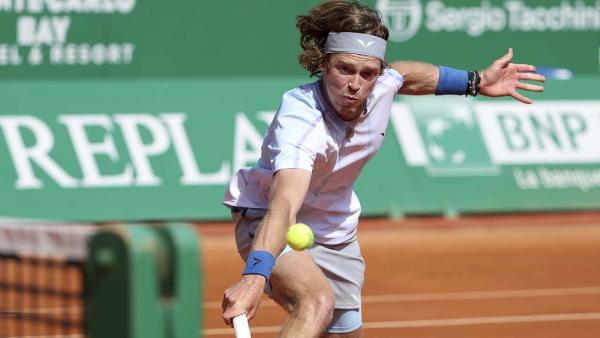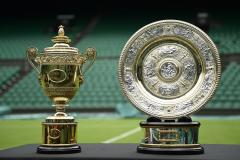Tennis Betting Tips: Why the clay court game is great for trading on Betfair

Peter Webb of Bet Angel has studied clay court tennis in-depth and has discovered that it is perfect for trading on the Betfair Exchange. He explains how you can profit at the French Open and elsewhere...
-
Peter's guide to trading tennis on the red stuff
-
Slower surface means more odds swings
-
French Open is 29 May to 11 June
Tennis markets are some of the most exciting markets to trade. Some players' ability to snatch defeat from the jaws of victory is a common theme, making it great for trading.
We are now in the clay court season and, if you plan to trade tennis, this part of the season will present some of the year's best betting opportunities.
Let's explore why it's a good time of year for tennis trading.
Hard, slow and demanding stamina
Clay, hard, and grass courts are the three primary types of tennis court surfaces.
Each has unique characteristics that affect the ball's behaviour and overall gameplay. In turn, this affects how punters should trade the market on Betfair.
Clay courts are made of crushed brick, shale, or stone, and are, rather appropriately, usually red or green.
The ball bounces higher and has a slower pace than on grass courts. This can lead to longer rallies, as players have more time to reach the ball.
Clay courts favour players with good stamina, consistent groundstrokes, and strong defensive skills.
Topspin shots are more effective on clay due to the higher bounce. Significant topspin is one of the main reasons that Rafael Nadal has been so dominant on this surface.
Percentage-wise, big-servers have a slight disadvantage on clay courts because the slower surface reduces the effectiveness of fast, powerful serves.

Returners have more time to react, increasing their chances of breaking the server's serve. This effect is present in men's and women's tennis, although men's serves tend to be faster and more powerful, making the difference more pronounced.
What the stats say
In the men's game, points won on return reached around 40% when playing on clay but only 34.7% on grass. Returning a serve on grass is more challenging, as a good server will likely win a point.
For the women's game, clay sees a 46.4% return on serve versus 42% on grass. So there is still a bias, but not so strong.
However, the higher return percentage for women is a significant factor here. This makes it easier for women players to break serve.
When trading tennis, a break of service is precisely what you are looking for, as it will create much more volatile markets, which is what a Betfair trader wants.
So women's tennis is preferred for finding a significant swing in odds during a match.
Looking at the competitiveness of a match is important. I looked at nearly 70,000 to see how often breaks of served occurred.
When we look at uncompetitive games, where the favourite is heavy odds-on to win, they tend to produce fewer breaks of serve, when measured as an average of both players.
Matches where both players are close to odds of 2.01/1, tend to produce the most variable outcomes. Therefore these matches have the highest frequency of breaks of serves.
The type of match can have an impact as well. The movement in odds will be significant if you get a break of serve in a best-of-three-sets match. But best-of-five matches produce less chance of a profit as a break is less critical, and therfore odds will move less.
Know your clays
There can be differences in tour surface types. For example, the clay at Monte Carlo is slow, giving big servers far less advantage.
Madrid plays a little faster, which is evident when you learn that the tournament is played at a much higher altitude.
Taking into account all the factors mentioned above, if you want to profit from trading tennis, a competitive women's match on clay should be your key target.
These matches will see above-average breaks of serve due to the characteristics we have revealed.
In turn, this will often allow you to open a position by laying a player at low odds. This will present you with a good possibility of trading out for a profit, as it's more complicated than average on a clay court to close out a match.
That is why it's peak season for tennis trading.
GET £50 IN FREE BETS MULTIPLES WHEN YOU SPEND £10 ON THE BETFAIR SPORTSBOOK
New customers only. Bet £10 on the Betfair Sportsbook at odds of min EVS (2.0) and receive £50 in FREE Bet Builders, Accumulators or Multiples to use on any sport. T&Cs apply.
Prices quoted in copy are correct at time of publication but liable to change.


